Cherish the honeymoon phase in your marriage, forever, by matching footsteps with your partner.. because marriage is a dance.
“Love is a constant process of tuning in, connecting, missing and misreading cues, disconnecting, repairing, and finding a deeper connection. It is a dance of meeting and partying and finding each other again. Minute to minute and day to day.”
– Dr. Sue Johnson
My first exposure to “couples dancing” was through a semester-long ballroom dance class in college. My now husband and I eagerly absorbed the sampler of foxtrot, waltz, tango, swing, and salsa, and we aced our final recital with flying colors.
We learned some basic rhythms and a few fancy moves. It was just enough to impress a few friends and keep us on the dance floor till the very end of the night at weddings (including our own), parties, and “swing nights” at the dude ranch where we worked for a summer.
However, as much as we loved our college dance teacher, and as relentless as we were on the dance floor, we were by no means “experts.” As obvious as that might seem, I somehow believed that with a class or two and some additional practice, my partner and I would look just like those couples on “Dancing with the Stars.” Subconsciously, I bought this same expectation into my marriage.
My husband and I were the first of our friends to get married at the wise old ages of 22 and 23. We set out as a team to love and serve one another, and to show the world the beauty of a committed marriage.
We had managed to work through all of our conflicts, met twice with another couple to discuss premarital topics, and to top it off, I was in the middle of graduate school to become a Marriage and Family Therapist. We had learned all of the valuable lessons of what it takes to make a relationship great, so marriage would be a breeze.
You probably know where I am going with this. Although marriage was easily the best decision I have ever made, marriage itself is not inherently easy.
Like dance, marriage is a humbling experience. While a beautiful, harmonious marriage is certainly possible, we have been learning that it takes continual concerted effort, intention, and commitment over time.
To that extent, my husband and I have had a unique and powerful opportunity to strengthen our relationship through the art of dance.
The art of dance
At a recent couples workshop offered through The Gottman Institute (TGI), Michael Haug, owner of Flow Dance Studios, approached me while I was working at our professional development table.
He spoke of the parallels between his work with couples on the dance floor and the Gottman’s work with couples through workshops, books, articles, and therapy, and inquired whether TGI would be interested in collaborating with him to explore the interrelated nature of our fields.
As an eagerly aspiring dancer and an enthusiast for metaphors, I took him up on his offer for my husband and me to take private and group lessons at Flow Studios for a month.
While I already had a sense that couples dancing could be beneficial for your relationship, I did not realize just how many parallels we would draw and how many lessons we would learn along the way.
Take Turns as Leader and Follower
If you have ever taken a couples dance class, you are probably aware that there is a “lead” and a “follow.”
In nearly every tradition of couples dance, it is typically expected that a male step into the role of the lead, and that the woman acts in the role of the following.
The feminist in me rejoiced when Michael swiftly broke down this traditional paradigm during our first lesson. My husband and I each took turns exploring the roles of leader and follower.
Michael explained the necessity of understanding and practicing both roles, in order to communicate and flow with one another in a harmonious manner.
He described how it is “difficult for the lead to effectively direct his/her partner, unless (s)he really understands what it is like to be in his/her partner’s shoes.”
Seek First to Understand
As I led my husband across the dance floor, I quickly learned that this role is far more difficult than it appears, and was struck with a conviction.
Despite my best intentions, I recognized how easily I become impatient and frustrated when I feel that my partner isn’t leading us as smoothly as I would like him to.
This led to the insight that perhaps, just possibly, I might still have some work to do in the realm of extending patience, grace, and space for my partner to lead. We are not going to look like “Dancing with the Stars” by the end of the lesson, and that’s okay.
While my husband immersed himself in the experience of the follower, he swiftly realized how difficult it is to follow a leader who is not clearly and directly communicating the dance.
He provided me with gentle feedback that I could be a bit more direct and communicative with my body language and simultaneously internalized that perhaps he needs to do the same when he is leading.
All within this 50-minute lesson, intrinsic patterns, behaviors, and dynamics in our relationship surfaced as we danced to various compositions of blues, rock, swing, and folk.
We not only gain insights into ourselves and one another’s experiences but also had the chance to practice changing and developing preferred patterns of interaction.
I realized that while I have a more direct, extroverted, need-to-be-in control kind of personality than my husband, I need to purposefully create space and extend extra patience to him in order for him to lead effectively.
Likewise, my husband was able to recognize how much I need him to be open, direct, and communicative with me, in order for us to move harmoniously, whether on the dance floor or in everyday life.
Synchrony Through Balance and Understanding
Fairly quickly into our second lesson, we experienced an unspoken breakthrough—a transition from awkward clumsiness, frustration, and stepping on one another’s toes, to a more graceful, fluid dance that left us feeling connected and refreshed on a deeper level, long after we left class that day.
There is no doubt that there were other contributing factors to this “breakthrough,” which I will explore later on. However, when we took the time to mindfully explore both roles, we strengthened both our understanding of and respect for our partner’s world and experiences. In short, we each felt heard and respected, which strengthened our connection.
I think we can probably all agree that it feels good to have someone take the time to listen and to seek to understand you—to pursue the intellectual, emotional, and spiritual knowledge of what it is like to be in your shoes. And to not only seek to understand you, but to also take this knowledge of who you really are into account when making decisions.
This type of balanced relationship is what we were striving for on the dance floor, and what we seek out on a daily basis in our relationship.
While my husband and I were committed to the idea of an egalitarian and balanced marriage from the beginning, our definition has certainly evolved. For a while, my understanding of an equal marriage meant that everything needed to be perfectly “fair” and that we needed to consult one another for every single decision.
We would now say that a balanced, egalitarian relationship is one that strives first to understand your partner, and then to act with your partner’s best interest in mind.
This kind of balance and consideration for one another allows you each to feel heard and respected, deepening the synchrony and connection between the two of you.
Read The Dance Between Intimacy and Independence in Marriage
Leading with Your Partner’s Best Interests in Mind
I am not inherently opposed to my husband taking the “lead” at times. In actuality, I rather enjoy it when my partner takes the lead, whether we are dancing or when he pays the bills or makes dinner without consulting with me first.
It is wonderful to take breaks from decision making and to follow my husband with confidence that he will lead me well.
This works because I feel heard and respected by him. It works because we take the time throughout our weeks to know one another’s inner worlds, or “Love Maps” as Drs. Julie and John Gottman call it.
My husband knows that I need a few minutes alone to wind down after work. He knows that I care about my health and nutrition, but that surprised me with Ben & Jerry’s ice cream will make me smile.
He knows that when I feel out of sorts, it always helps me feel better to go for a run and to jump into a cold body of water. And he definitely knows how much I love to be spun and swung around on the dance floor.
On the other hand, he is not opposed to me taking the lead, nor does he feel that his masculinity is threatened when I take on a leadership role in our relationship. This works, again, because I lead with his best interests in mind, operating out of the values we have established as a couple and as individuals.
We both make mistakes, and we do not always lead or follow perfectly. However, we are both committed to having a balanced relationship, and we strive to understand, love, and respect one another better and better every day.
Read 5 Different Stages of Marriage And How To Effortlessly Survive Each Of Them
We recognize that this commitment to cultivating a healthy relationship takes practice and what better way to practice than by dancing?
This article was originally published on The Gottman Relationship Blog.
By Hannah Eaton



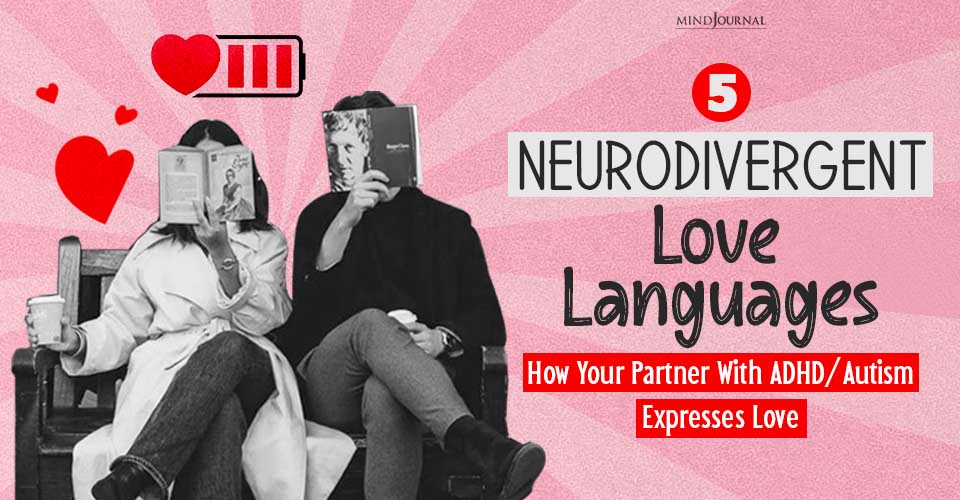

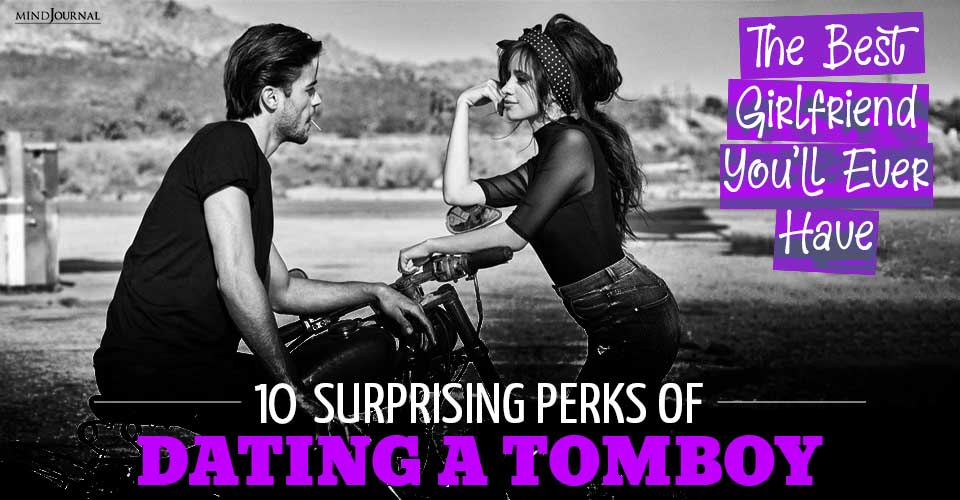
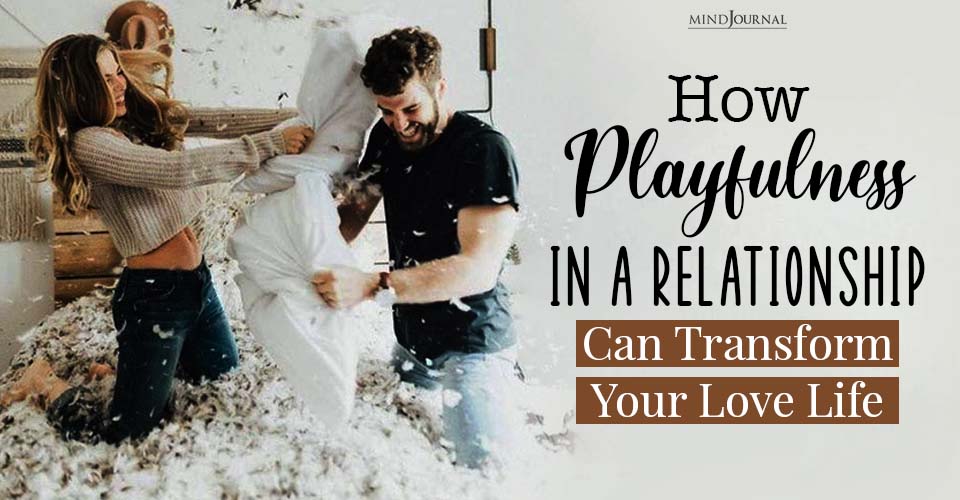
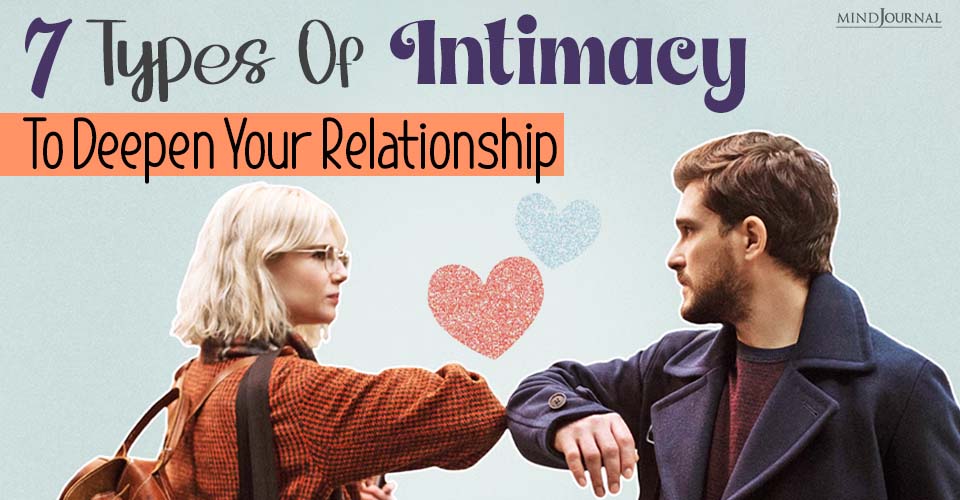
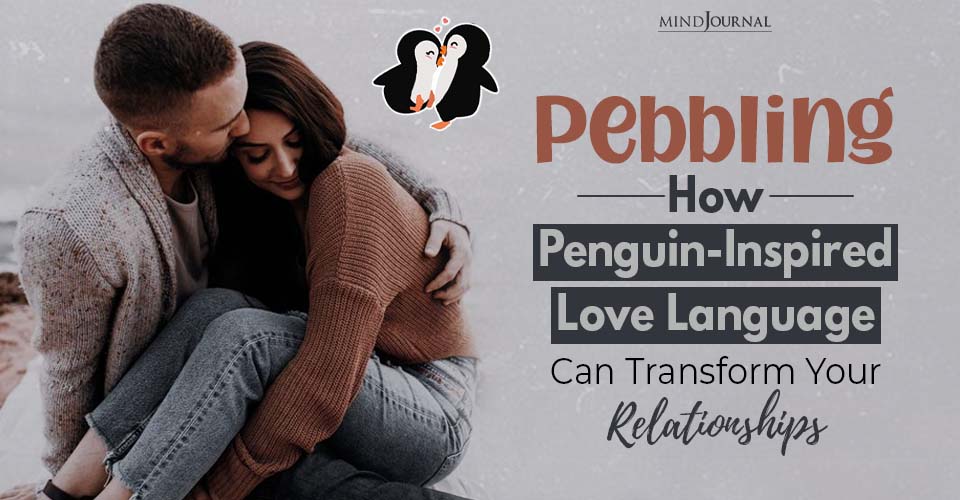
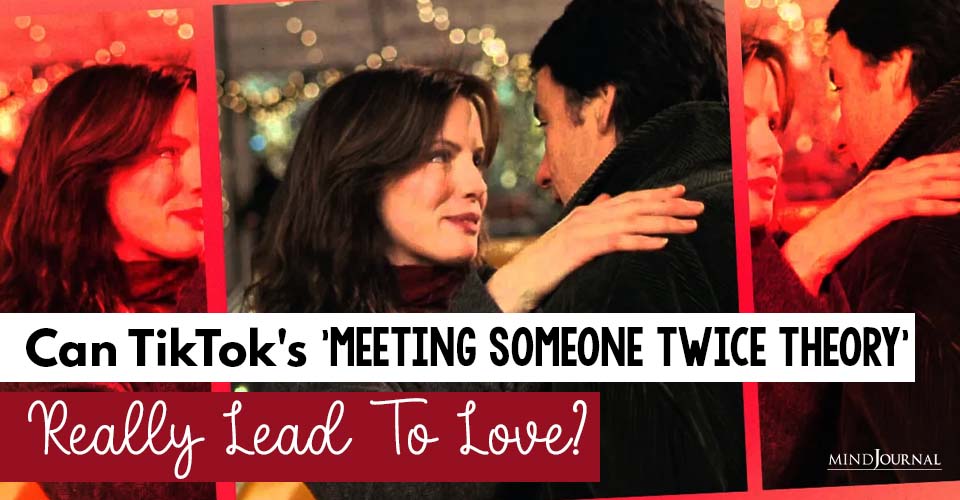
Leave a Reply